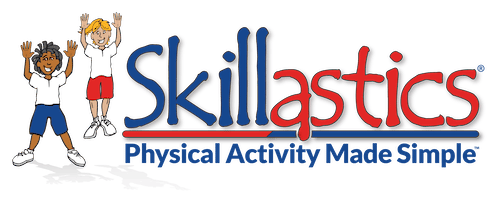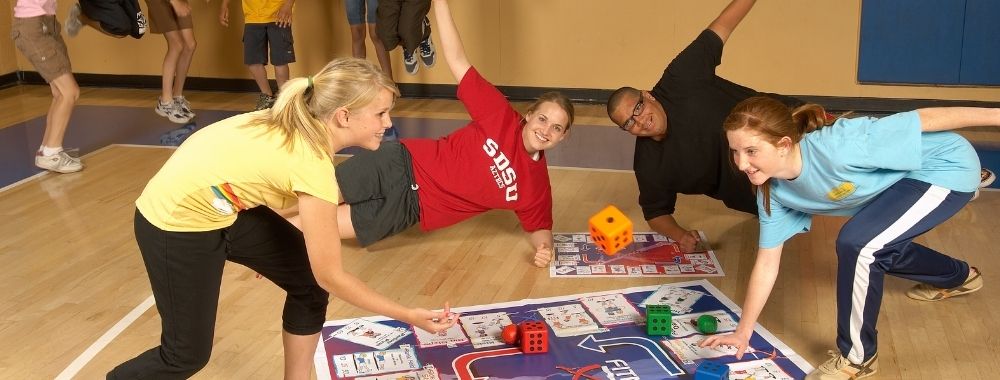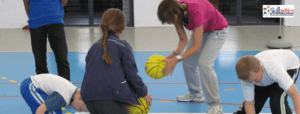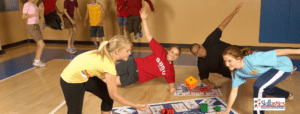There’s a constant battle in the mind of a child these days. The pull of electronic devices seems to be stronger than any force on the planet. When iPads, iPhones, and the latest gadgets threaten to keep kids sedentary, how can physical activity win? And what can you do to not just encourage activity, but foster an environment where physical activity THRIVES?
The answer lies in YOU.
If you think about back to when you were in elementary and middle school, who were your favorite teachers? The Spanish teacher who sang and danced in a sombrero? The chemistry teacher who “accidentally” combined two fluids until their beaker overflowed? The ones who were always smiling, and could laugh at their kids’ antics, as well as their own mistakes? It is often the most passionate educators, influencing their students to learn something new or hone a new skill who earn the title of “favorite teacher” year after year. Don’t worry, you don’t have to rent a clown suit to get your students’ attention. You just have to borrow some “best practices” from the Teacher of the Year.
Environment is key
Joy is contagious, and if you love physical activity, that spills over into your classroom or gym space. A Stanford University study showed that having a positive environment increased students’ memories and enhanced their problem-solving capabilities. When students enter a classroom space led by a positive, encouraging educator, that environment can have a direct impact on not just their physical activity time, but increases their IQ and improves function of the hippocampus, the portion of the brain that relies on memory.
But having a positive environment isn’t about adding encouraging posters to your wall. Start by recognizing effort, and make it personal. Acknowledging students’ efforts starts with paying attention to the students as they are working towards their fitness goals. As students improve, verbally acknowledge with words of affirmation, such as “Great Job, Maia,” “excellent effort, Kim” “you’ve improved so much, Tyler” or “I’m really proud of how you worked to perfect that skill.” Work on learning the names of all your kids, not just the star athletes. You might find that those who aren’t often recognized for their physical activity achievements really shine when their efforts are applauded.
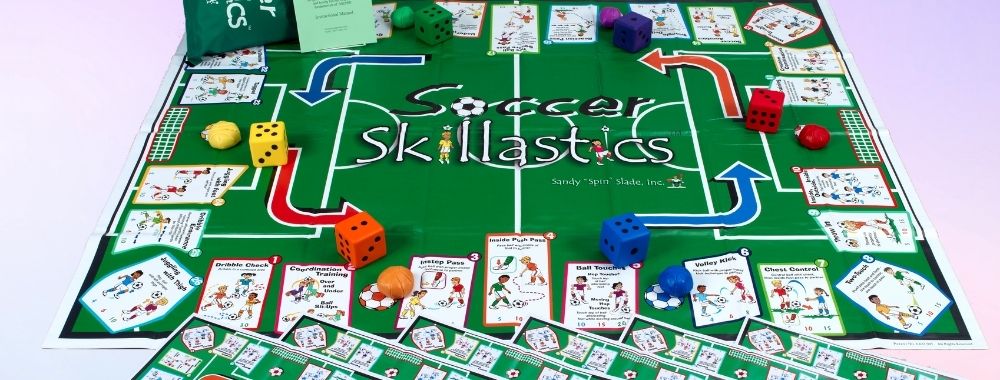
Jump In
Just like the chemistry teacher overflowing their beaker, kids love it when you jump in. If you’re allowed to demonstrate as an instructor, do it! Show them your wicked jump rope skills or how you can hula hoop with your eyes closed. Don’t be afraid the kids will laugh at you, and if you make a mistake, laugh with them. Kids are more likely to try new things if they aren’t afraid of failure. When you step up to the plate and show them that it’s ok to try new things even if you don’t get it right the first time, it encourages them to keep trying. Skillastics Activity Kits provide the perfect opportunity to be silly and “jump in” with your kids, as our oversized mats show 26 different physical activities, any of which would be a fun demonstration for the children in your program.
Make achievable goals
Don’t worry, we aren’t talking about participation trophies here. Instead, provide physical activities that ALL kids can have an interest in, where they can succeed quickly. If they can learn a new game or skill quickly, and all kids can play, they can make achievable goals to perfect that new skill, improve their time, increase their speed, or improve their form. Skillastics® offers activity kits, as well as specialty programming such as sport stacking, where kids work to beat their best time, martial arts, where children can improve form, and basketball, where kids can learn and perfect their skills. No matter which sport you choose to introduce to your kids, remember to encourage them each step of the way.
Don’t forget awards
Some of the best ways to reward kids–especially those who haven’t been as involved in physical activity in the past–is to show that you notice. Offering positive praise is one way, but also offering rewards is another. These don’t have to be printed certificates (although those are great too). There are many ways to reward outstanding effort, such as:
- Most improved gets to choose the activity next week
- Most positive attitude gets to be the line leader
- Best form gets to demonstrate to the class
Kids who excel can also be called on to buddy with struggling students. This helps provide instruction to the child who needs more help, and provides leadership opportunities at a young age for kids who have worked hard to improve their skills.
Encouraging your kids in your physical activity space, providing a positive environment, diving all-in to the activities, and providing rewards and verbal recognition offers a winning combination that will ensure physical education time becomes their favorite part of the day. No beakers required.
